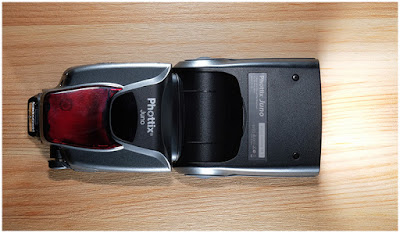 |
Image credit: NASA/JPL-Caltech/SwRI/MSSS
With all the recent excitement surrounding NASA’s Perseverance rover landing on Mars and new images, we’ve got space on the brain. This month, NASA published a beautiful image of the gas giant Jupiter that its Juno spacecraft captured in late 2020.
NASA’s Juno spacecraft has been orbiting Jupiter since July 5, 2016. The spacecraft was launched from Cape Canaveral Air Force Station on August 5, 2011. The latest image, seen below, was captured on December 30, 2020, during Juno’s 31st close flyby of Jupiter.
 |
| ‘Citizen scientist Tanya Oleksuik created this color-enhanced image using data from the JunoCam camera…At the time, the spacecraft was about 31,000 mi (about 50,000 km) from the planet’s cloud tops, at a latitude of about 50° South.’ Image credit: NASA/JPL-Caltech/SwRI/MSSS. Click to enlarge. |
This excellent shot shows Jupiter’s turbulent atmosphere and includes several of Jupiter’s southern jet streams. Jupiter’s famous Great Red Spot is visible on the horizon as well. With the aid of imagery and the numerous scientific instruments onboard Juno, scientists discovered that the planet’s atmospheric jet streams extend further than previously thought. Recent evidence shows that the jet streams and belts penetrate up to 1,800 mi (3,000 km) down into the planet.
JunoCam (JCM) is a visible-light camera/telescope. Malin Space Science Systems built the camera. It has a field of view of 58° and includes four filters, three of which are used for visible light photography. The camera is fixed to Juno, so it gets one chance for observation when Juno orbits Jupiter. JCM uses a Kodak image sensor, the Kodak KAI-2020, and records 1,600 x 1,200 pixel images, which is fewer than 2MP. Due to the incredible distance of Juno from Earth, which is more than 550 million miles, only limited data can be transmitted from Juno to Earth during each 11-day orbital cycle.
 |
| Image credit: NASA. Click to enlarge. |
Citizens are encouraged to download and process JunoCam images. Raw images are available to view and download here. If you’d like to learn more about NASA Citizen Science projects, visit the dedicated Citizen Science website.
 |
| Artist concept of Juno. Credits: NASA/JPL-Caltech |
The Juno mission’s primary objective is to improve our understanding of Jupiter’s origin and evolution. Juno and its onboard instruments are used to determine how much water is in Jupiter’s atmosphere, analyze the planet’s atmosphere, map magnetic and gravity fields, explore the planet’s magnetosphere, and more. As of now, the Juno mission is due to end in September 2025, so there’ll be plenty of more images to come in the next few years. You can learn more about Juno here.
Articles: Digital Photography Review (dpreview.com)













